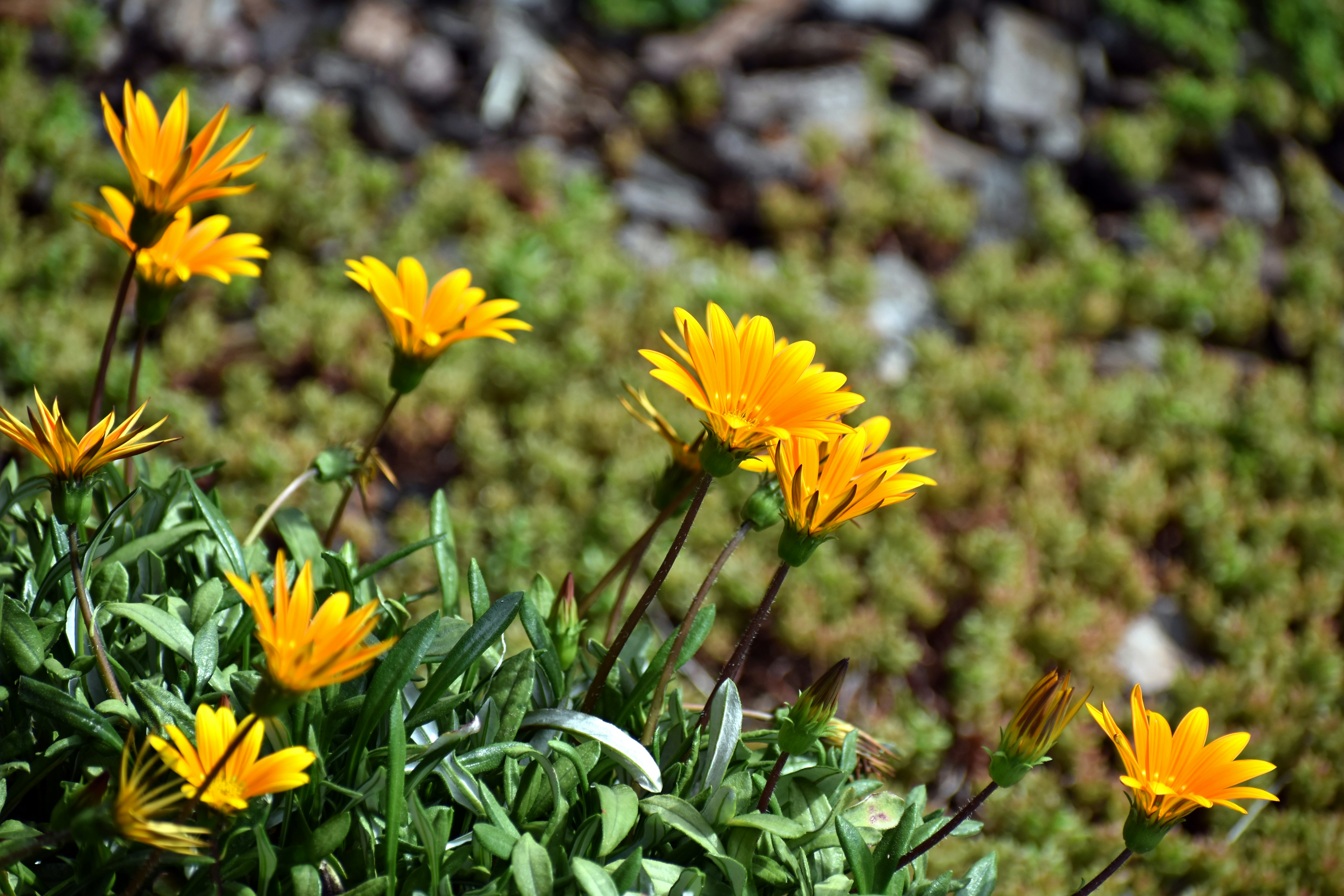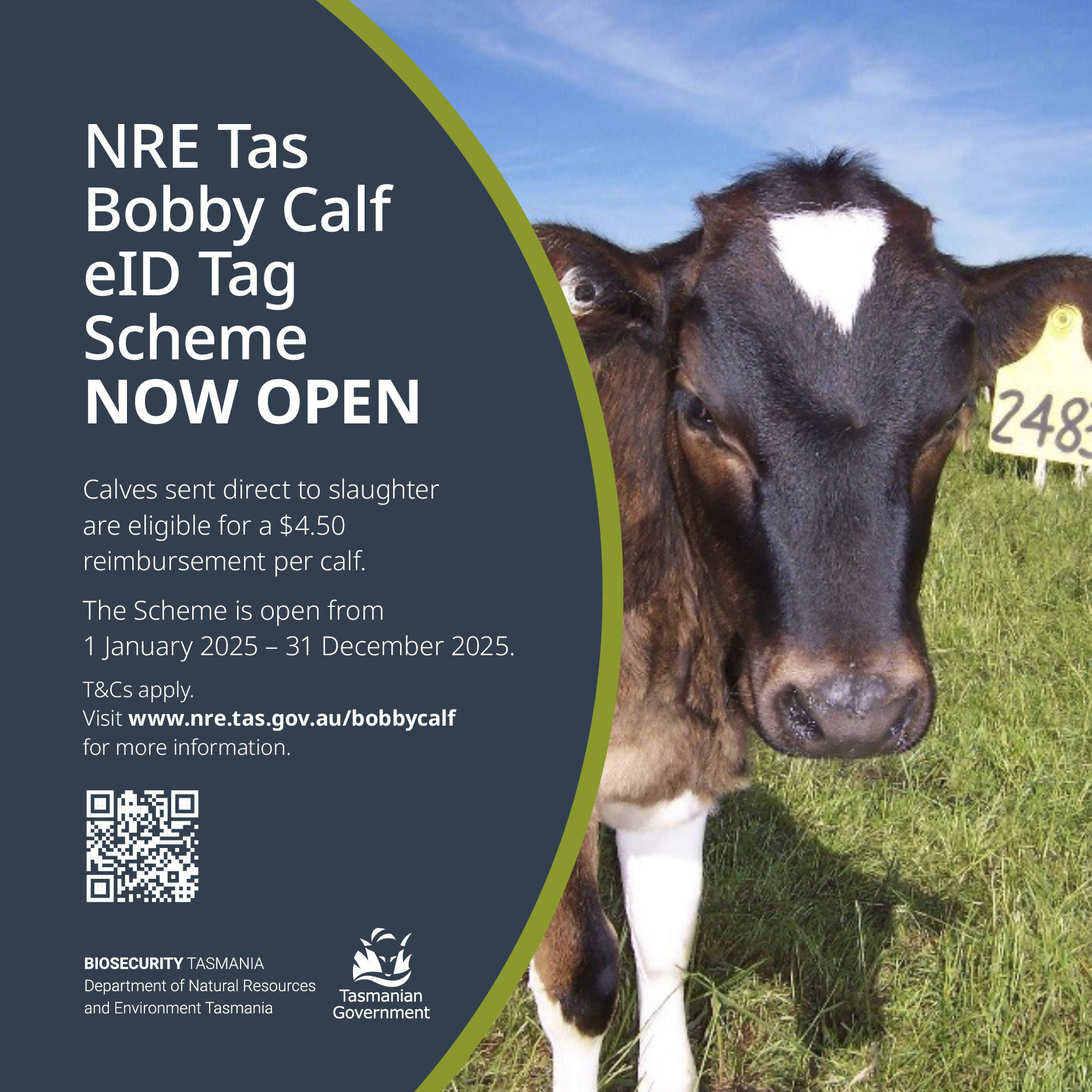Pretty garden escapees threaten native ecosystems

EXPERTS are sounding the alarm over the lack of regulations around selling invasive, weedy plants for gardens, which they warn are threatening Australia’s native ecosystems.
They say weedy plants, that can easily be bought in nurseries or online, “suffocate” native waterways and bushland, and are calling for action to prevent more irreversible damage.
The call follows a recent decision by the federal Environment Minister Tanya Plibersek in developing a national plan to tackle escaped garden plants and aquatic weeds.
Escaped garden plants are the primary source of new weeds in Australia and have already led to the extinction of at least four Australian species and are costing the agriculture sector over $4.3 billion each year. Despite these issues, many invasive plants have not yet reached their full spread potential.
Invasive Species Council Advocacy Director Jack Gough said highlighted the severity of the situation.
“Australians know that weeds like lantana or blackberries are choking our streams and bushland. But what many people don’t realise is that their own garden or fishpond could be a ticking time bomb.”
“Plants like English ivy, Amazon frogbit or pretty gazanias that are bought legally at a local nursery or online could get into the local environment and take over,” he said.
“An incredible three-quarters of all listed weeds in Australia are escaped garden plants and every year the problem gets worse.
“But this isn’t a Bunnings problem, or an individual nursery or weedy plant species problem, it’s an industry-wide problem.
“To date, self-regulation has failed. It depends too much on gardeners or individual nurseries to do the right thing.
“We are relying on everyday Australians to either have a botany degree or to pay close attention to the warnings in the fine print of plant labels.
“That’s a system designed to fail,” Mr Gough said.
Ms Plibersek said effective regulation by the government is the only way to solve the issue.
“There are thousands of safe plants available which will still allow people to have amazing, diverse gardens and the industry to prosper without causing new weeds to spread around the country.”
Some examples of invasive garden weeds include lantana, st john’s wort, blackberry, and bitou bush.
A 2004 report highlighted the risks of garden plants to Australia’s grazing industries, identifying 281 species that pose a significant threat. Although many of these plants are toxic to livestock, they remain available in nurseries.
Despite their known risks, problematic plants are still sold in nurseries across the country.
“The development of a Threat Abatement Plan, with the collaboration and support of all states and territories, is crucial to preventing new weed invasions and controlling the spread of established weeds at regional, interstate, and national levels,” Mr Gough said.
“We commend Tanya Plibesek for taking this bold step and look forward to working closely with her to ensure our gardening practices do not contribute to the degradation of our natural environment.”

The "pretty" species invades coastal habitats, as well as grasslands and open woodlands in inland areas.
Photo by Ries Bosch




Add new comment